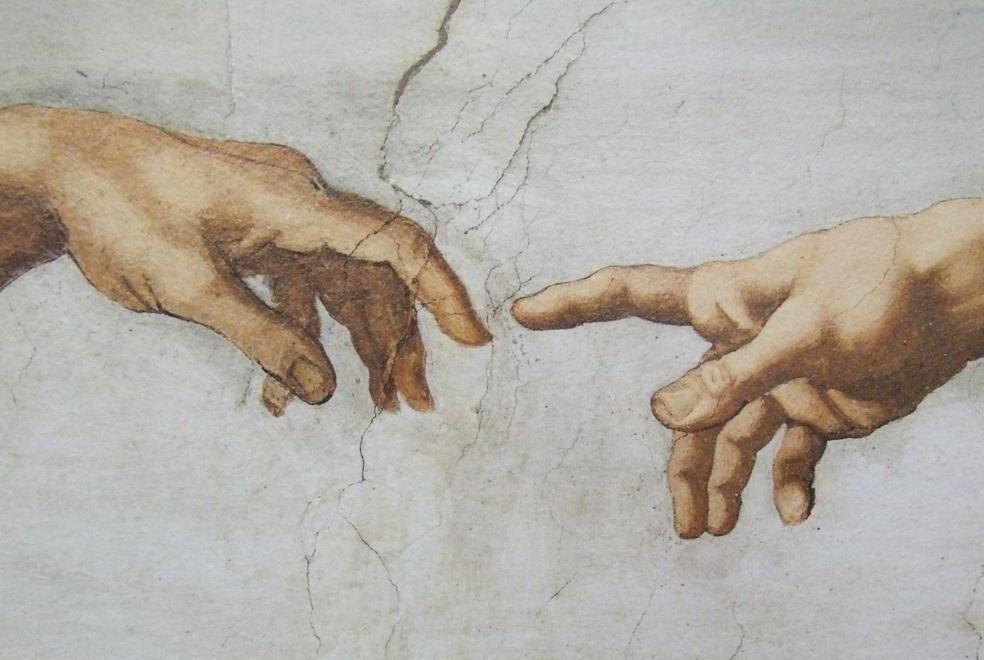Abiogenesis (effect)
- For the 5th level illusionist spell, see Abiogenesis (spell).
Abiogenesis is a spontaneous, natural effect caused by wild magic, causing smaller animals of all sorts to emerge from mud, slime, stagnant water or other decaying substances, without having been born of parents. Sunlight and scattered magical residue combines to inject a "spark of life" into non-living substance, and thus create germs which form living tissue. This same spark is employed in the artificial making of golems.
The effect has been recognised for thousands of years, though it's rarely understood. Frogs and toads are commonly born out from the mud; vast hordes of mice and rats come into being in the mud of the Nile, from whence they emerge to destroy crops. Small worms will appear in cheese and rotten meat, and beetles in cowdung. Horsehairs that fall into ponds transform into threadworms and eels. Such origin of living things from non-living matter is to be expected from a world where magic, monsters and the forces of good and evil have real life effects.
Some believe that abiogenesis is a reverberating effect caused by the spontaneous life that was given to Adam, who may equally be considered the result of abiogenesis.
